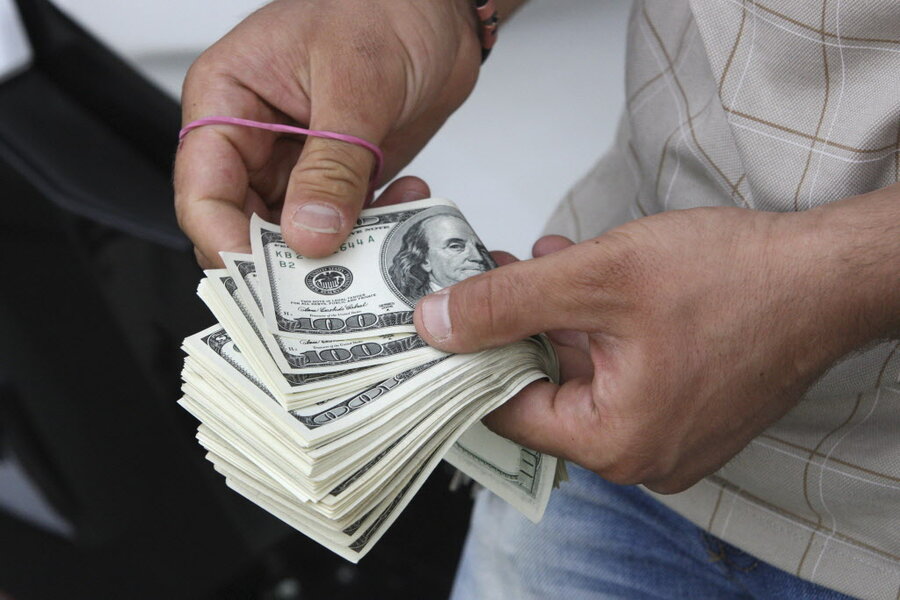Taxes on the rich may change a lot in 2017
It’s good to be rich. Depending on who becomes the next president, it could get a lot better or a lot worse. Thanks to our colleagues at the Tax Policy Center, we have a clearer picture of how the tax code would look if different presidential candidates win the election and convince Congress to enact their plan. The Democratic candidates would increase revenue and make the system more progressive; the Republicans would cut revenue and make the system more regressive. These differences are especially stark for very high-income households.
If we focus on the top 0.1 percent of the spectrum – a group with an average income that exceeds $10 million – the average annual difference in taxes under the different plans runs in the millions of dollars. Under Bernie Sanders’ plan, households in the top 0.1 percent would pay an average of more than $3 million more in taxes in 2017 than under current law. If Hillary Clinton’s proposal were enacted, they’d pay $500,000 more. By contrast, the Republican plans would give the rich big tax cuts. Ted Cruz would cut taxes by $2 million for those in the top 0.1 percent. Donald Trump would cut taxes for this group by $1.3 million. (John Kasich has not offered a tax plan.) In all cases, the tax changes come about through a combination of modifications to the rate structure as well as changes to existing deductions and credits.
These are tectonic shifts in tax policy. The eye-popping dollar figures don’t occur just because the top 0.1 percent has a lot of income. The proposed tax changes represent big percentage changes in after-tax income. Under the Sanders plan, those at the top of the income scale would see their after-tax income fall by almost 45 percent, compared to 8.5 percent for taxpayers in the middle quintile. Under Hillary Clinton’s plan, the top 0.1 percent would get hit with a 7.6 percent decrease in after-tax income compared to 0.1 percent for the middle quintile.
In contrast, the Republican proposals would bestow much larger proportionate benefits to the rich compared to the middle class. Under the Cruz proposal, the top 0.1 percent would see an increase in after-tax income of 29 percent compared to 3 percent for the middle quintile. Under the Trump plan, the after-tax income of the very rich would increase by roughly 19 percent compared to about 5 percent for the middle quintile.
Of course, there’s another side to the ledger. The Democrats’ tax increases would pay for new federal spending. The Republican plans would greatly increase the deficit – even if one uses dynamic scoring – and so would require spending cuts or future tax increases.
Most of the plans noted above seem too enormous to become law. But presidents often get their way on taxes in the first year of a new administration. If 2017 follows form, it would affect us all, but it would have particularly big effects on the rich.
This article first appeared at TaxVox.





